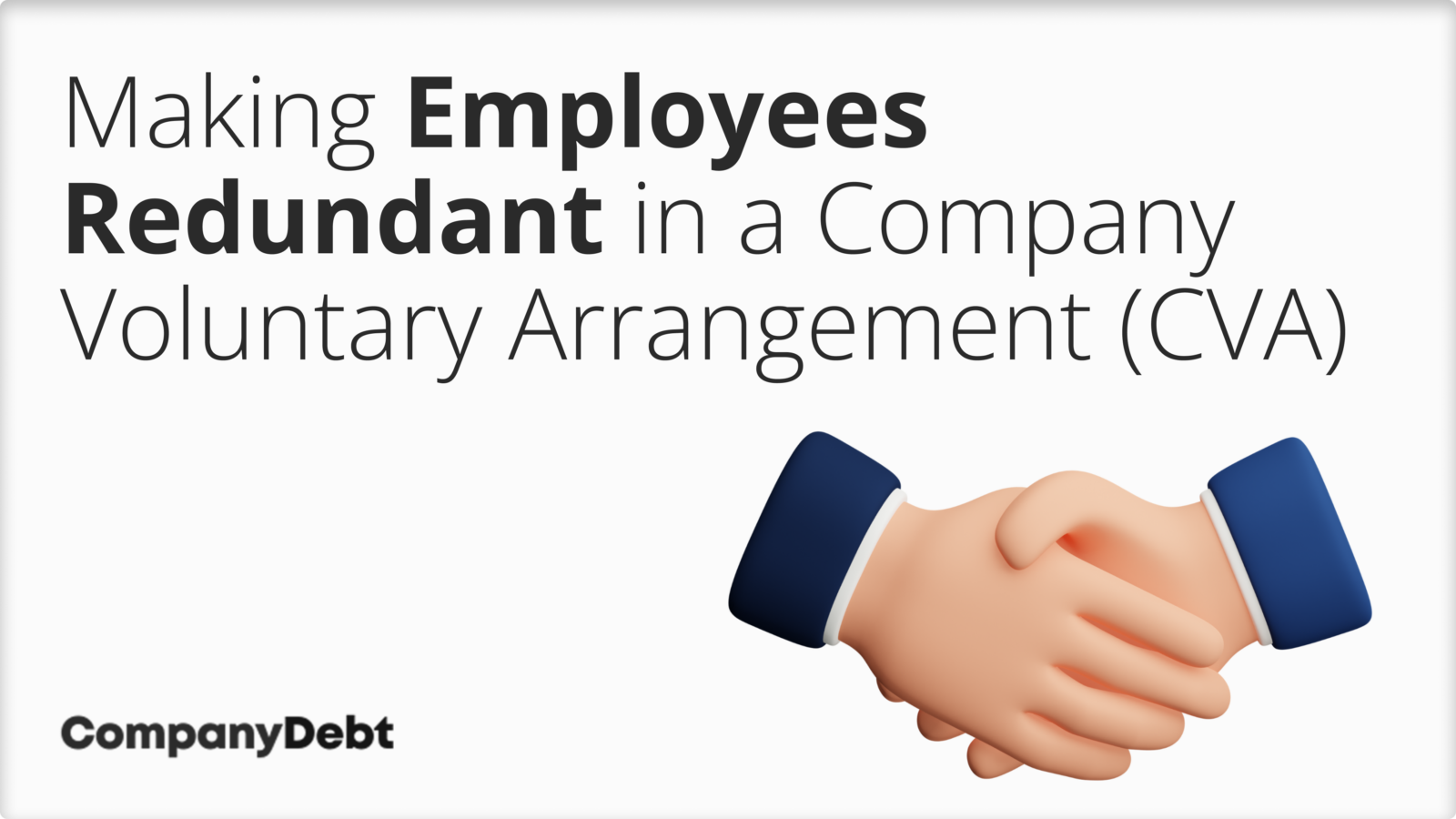What Happens to Redundancy If Company Goes Bust? A Guide to Your Rights
What Happens to Redundancy If Company Goes Bust? A Guide to Your Rights
Blog Article
Investigating the Interaction Between Firm Redundancy and Organizational Adaptability for Future Development
In the vibrant landscape of today's business world, the complex partnership between company redundancy and organizational versatility arises as an important element for continual development and success. Firms frequently deal with the difficulty of striking a fragile equilibrium in between keeping a level of redundancy to mitigate dangers and promoting versatility to react promptly to the ever-evolving market needs.
Relevance of Firm Redundancy
Company redundancy is an essential element that improves organizational durability and alleviates functional dangers. By integrating redundancy procedures within the business framework, business can better endure unexpected interruptions and changes in the service atmosphere. Redundancy works as a tactical buffer, allowing companies to adapt and react properly to unanticipated obstacles without jeopardizing vital operations.
One key aspect of the importance of company redundancy is its duty in making certain connection throughout times of dilemma. When confronted with sudden changes or emergencies, repetitive systems, sources, or personnel can action in to keep critical features and avoid widespread disturbances. This connection not only safeguards the company's online reputation and client count on yet likewise reduces economic losses and functional downtime.

Techniques for Organizational Versatility

One more crucial technique is buying modern technology and infrastructure that can support versatility and scalability. Applying digital tools, automation, and information analytics can simplify operations, improve effectiveness, and supply beneficial insights for informed decision-making. Furthermore, producing versatile business frameworks that enable for fast modifications to market characteristics and consumer demands is crucial for remaining competitive in a rapidly evolving environment. By proactively identifying potential disruptions and possibilities, companies can proactively adjust and grow in an ever-changing business landscape.
Balancing Redundancy and Adaptability
Attaining an unified balance between operational redundancy and business flexibility is vital in browsing the complexities of a vibrant service setting. Redundancy within a business gives a security web, ensuring connection and stability in procedures. Nevertheless, an extra of redundancy can lead to inadequacies and prevent flexibility to transforming market conditions. On the other hand, organizational flexibility allows companies to respond immediately to external disturbances and seize brand-new opportunities. Striking the ideal equilibrium between redundancy and flexibility is a delicate procedure that calls for a deep understanding of the organization's objectives, market characteristics, and risk resistance.
To attain this equilibrium, companies need to conduct regular assessments of their operations to identify areas where redundancy is important site required for danger mitigation and where versatility can drive advancement and development. Carrying out versatile structures, promoting a culture of constant knowing and enhancement, and motivating open communication across all degrees of the company are vital approaches to integrate redundancy and flexibility successfully. By lining up these two crucial aspects, companies can position themselves for lasting development and success in an ever-changing service landscape.
Situation Research Studies on Adjustment Success
In checking out circumstances of effective business adjustment, it comes to be evident that the interplay between operational redundancy and versatility is a defining aspect in forming resistant services. One compelling study is that of Netflix. Initially a DVD rental service, Netflix showed amazing versatility by transitioning into a streaming system when digitalization interrupted the market. By strategically purchasing modern technology and web content development, Netflix not only made it through but grew in a swiftly advancing market. One more standout example is Amazon. Starting as an on-line bookstore, Amazon continually adapted its company model, increasing into varied industries such as cloud computer and expert system. This adaptability permitted Amazon to remain in advance of competitors and fulfill changing customer reference demands. Finally, Adobe offers a noteworthy image of successful adjustment. The company moved from marketing software licenses to a subscription-based version, guaranteeing reoccuring income streams and boosted client engagement. These study underscore the value of operational redundancy combined with business adaptability in promoting lasting development and competitiveness.
Building Resilience for Future Development
Structure resilience for future development needs a calculated alignment of operational processes with market characteristics and emerging trends. Companies need to adjust to changing environments by promoting a culture of adaptability, technology, and constant renovation.
In addition, promoting solid partnerships with stakeholders, such as consumers, workers, providers, and the area, is crucial for maintaining and weathering uncertainties trust and support during unstable times. Reliable interaction and openness play a vital important link duty in structure strength, as they aid facilitate and align assumptions collaboration in navigating uncertainties.
Moreover, organizations require to focus on discovering and growth efforts to upskill staff members and furnish them with the required devices to adapt to altering conditions. By investing in their workforce, business can boost their flexibility and dexterity, ultimately enhancing their durability for lasting future development.
Verdict

In the dynamic landscape of today's organization world, the complex relationship between firm redundancy and organizational flexibility emerges as a crucial aspect for continual growth and success. Business often deal with the obstacle of striking a delicate balance in between keeping a level of redundancy to alleviate threats and cultivating flexibility to react swiftly to the ever-evolving market demands.To attain this equilibrium, companies need to perform regular evaluations of their procedures to identify areas where redundancy is needed for threat mitigation and where flexibility can drive development and growth.In final thought, the interaction in between firm redundancy and business adaptability is important for future growth. Building durability with a mix of redundancy and flexibility will certainly guarantee that business are prepared for the difficulties of the future.
Report this page